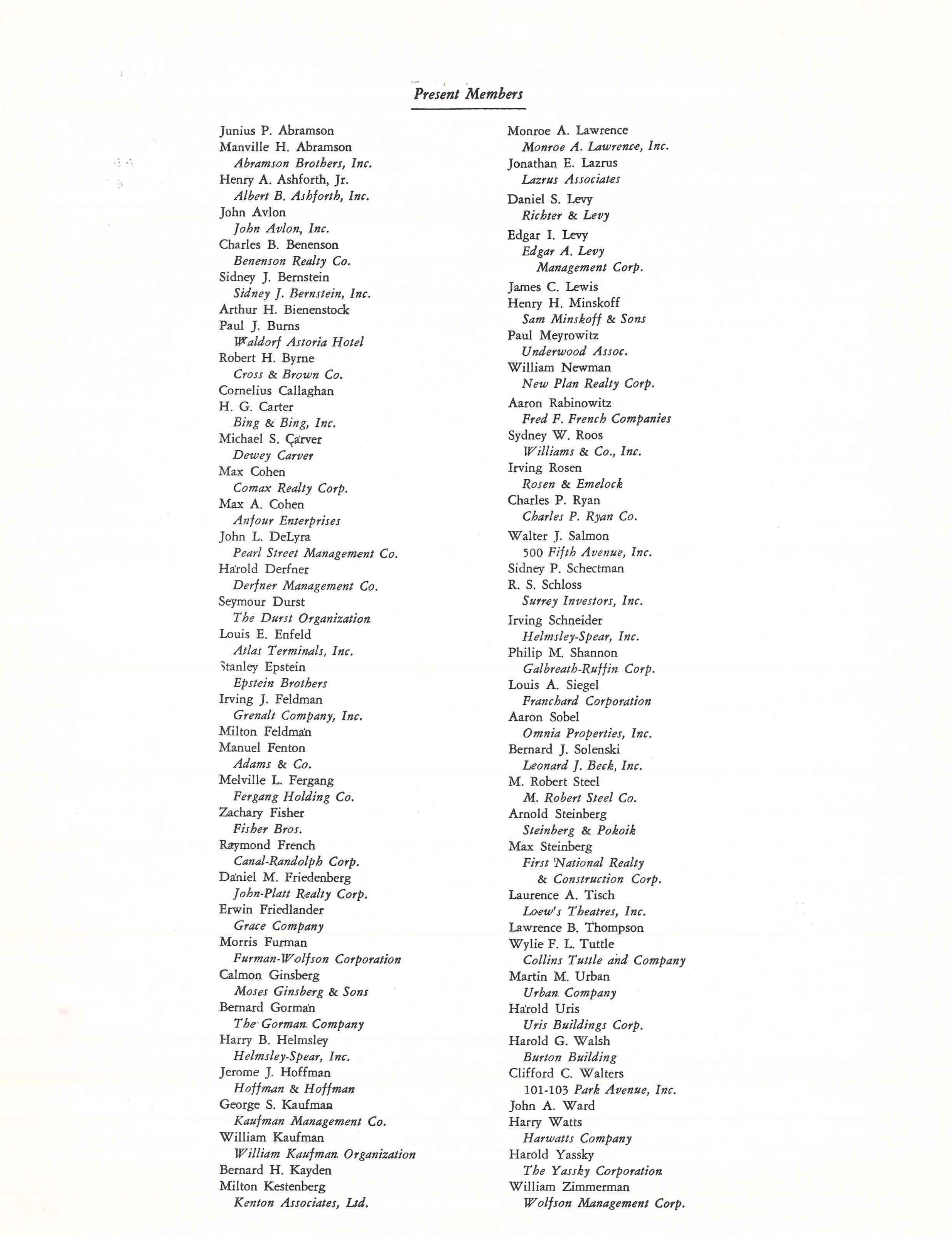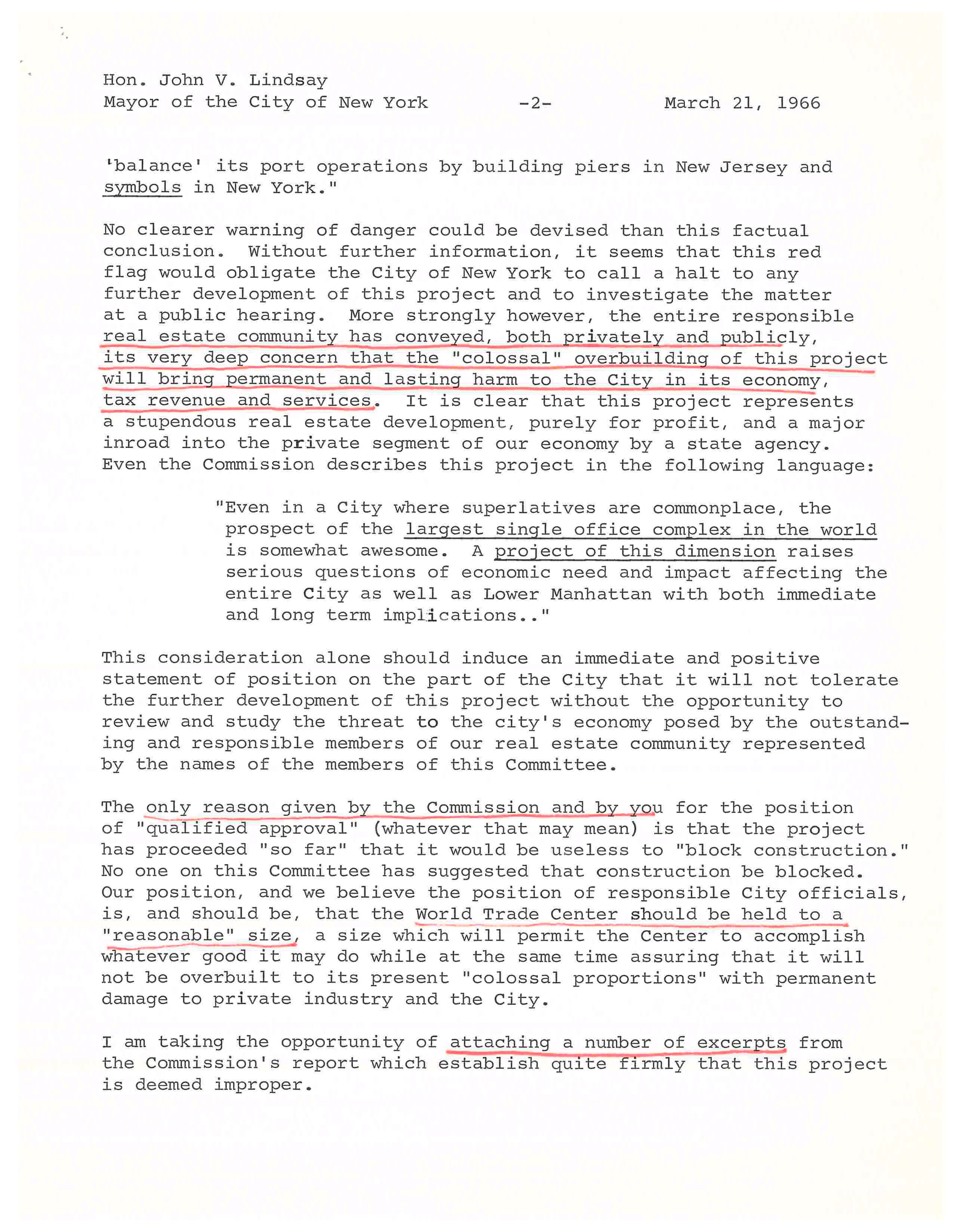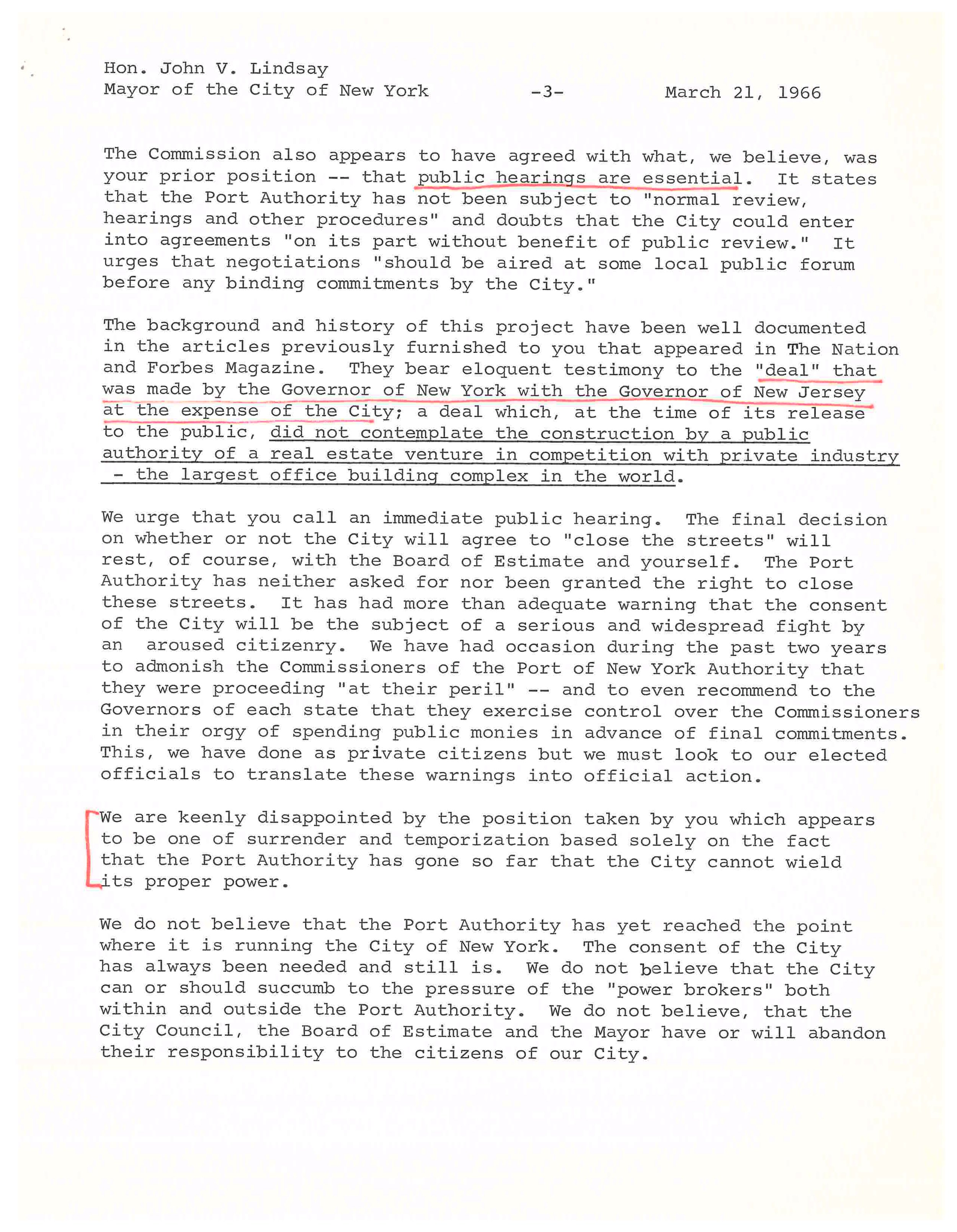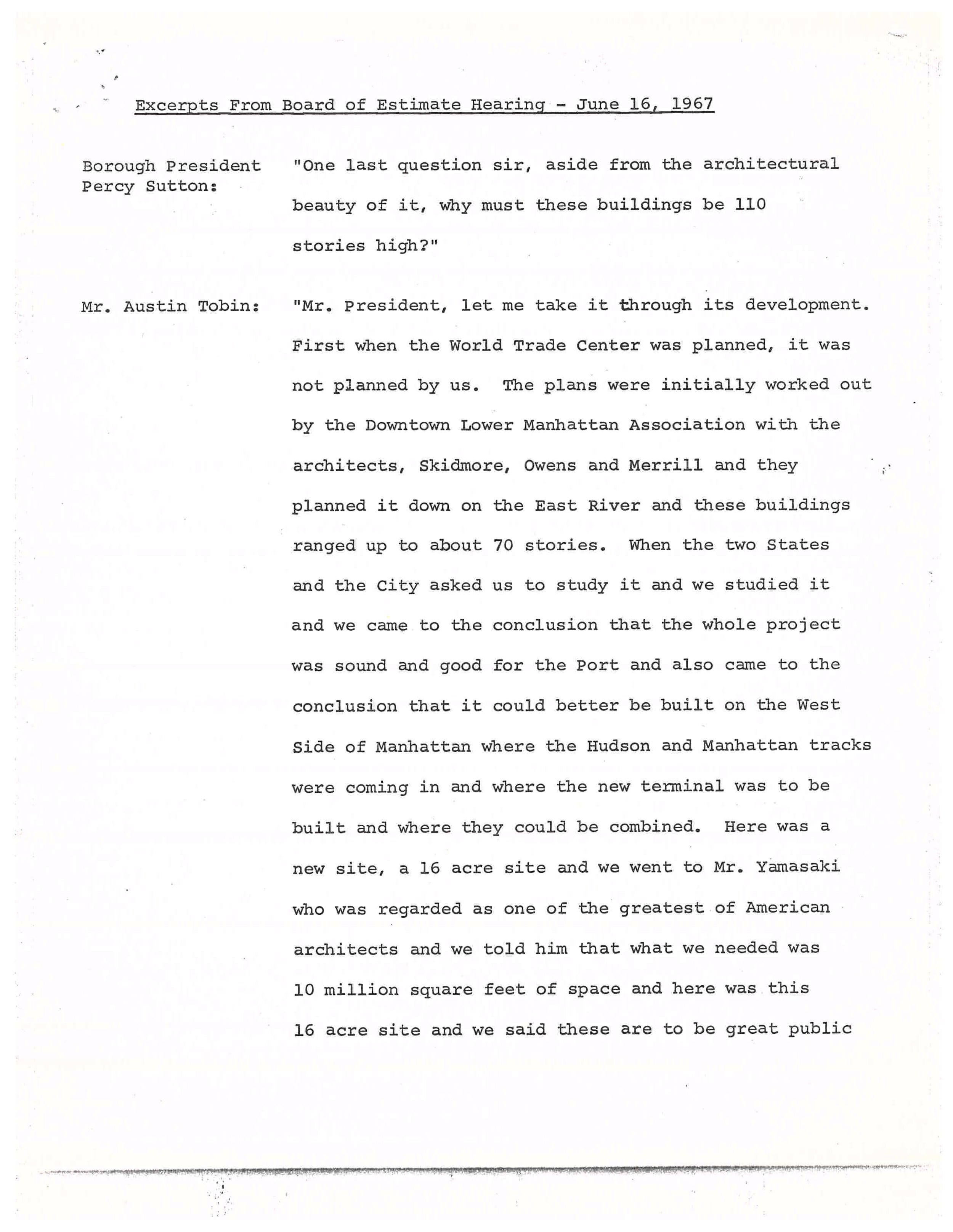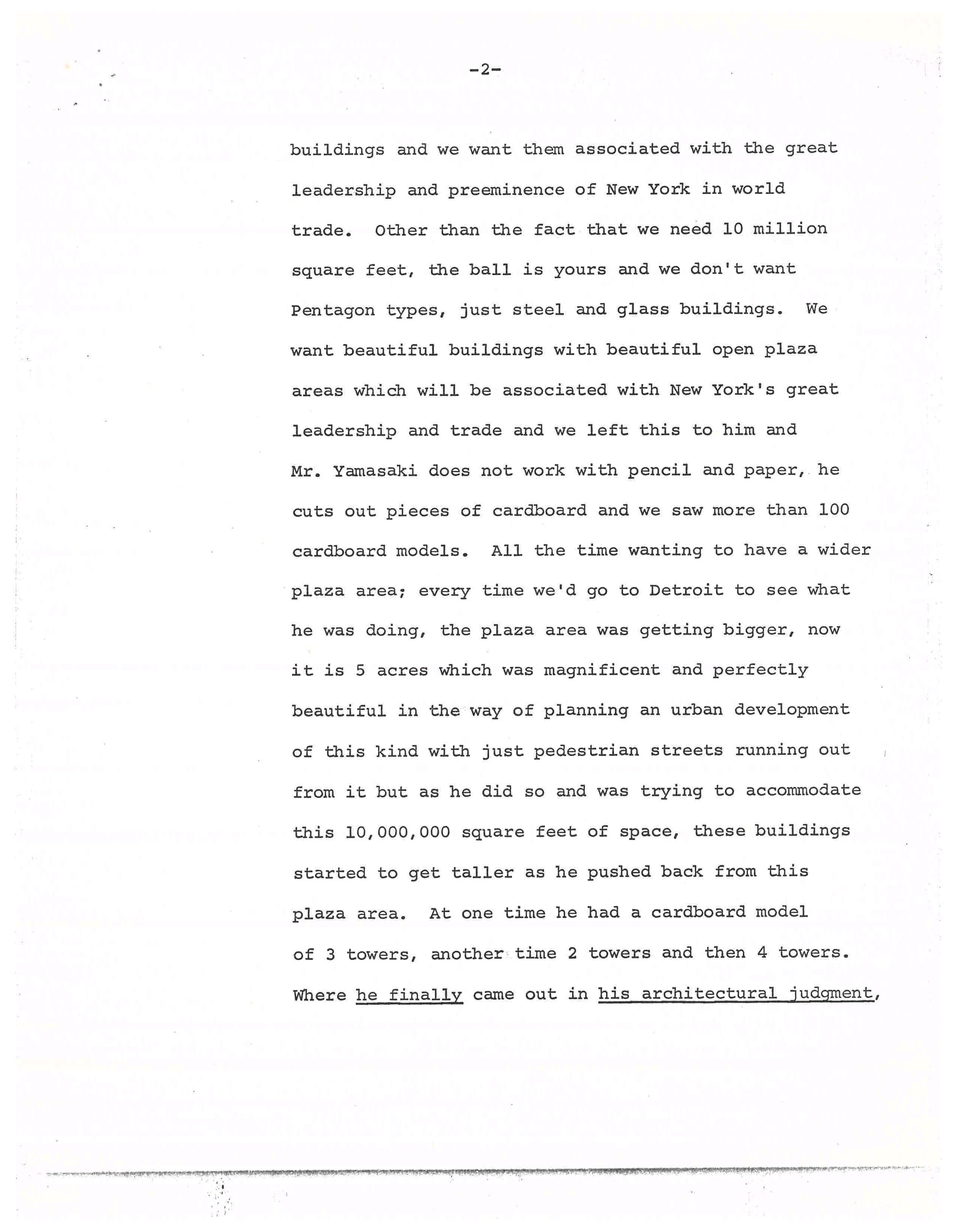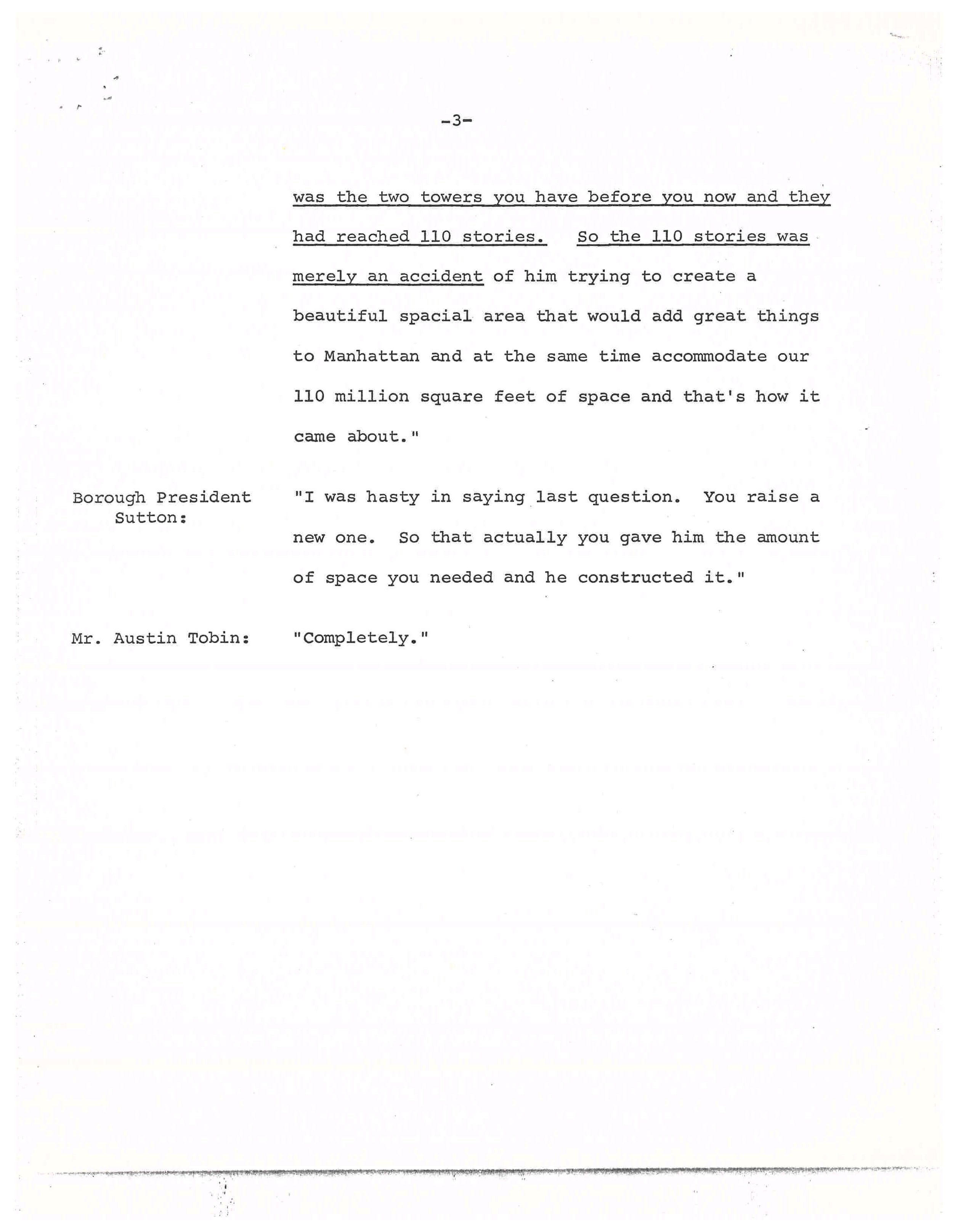The For the Record blog has frequently commented on the serendipitous nature of archival research. Thanks to imperfect descriptions and the sometimes haphazard filing practices of record-creators, researchers are often rewarded with seemingly random items. The typescript featured this week turned up in Mayor Fiorello LaGuardia’s subject files, in a folder labeled “Speeches, 1936.”
Henry Modell, to Hon. Stanley H. Howe, Secretary to the Mayor, January 8, 1936. Mayor Fiorello LaGuardia Collection. NYC Municipal Archives.
The five-page typescript is titled “Cheese Club 1/13/36.” It appears to be a transcript of remarks that Stanley H. Howe, Secretary to the Mayor, gave to members of the Club. The exact nature of this organization is not entirely clear, but a reference in a description of Sardi’s restaurant seems plausible: “. . . a group of newspapermen, press agents, and drama critics who met for lunch regularly at Sardi's and referred to themselves as the Cheese Club.” It is possible that the Club dates back to James Fenimore Cooper (1789-1851) who founded the literary “Bread and Cheese,” according to a New York City Encyclopedia entry under literature.
Howe began his remarks: “It occurred to me that the members of the Cheese Club would be interested in hearing some of the interesting human incidents that occur at the City Hall. There are times when it seems that everyone of the seven million people of the City of New York is trying to see the Mayor.”
Take a few minutes to read Howe’s account of a day at City Hall. In his words: “Every day we have we have to deal with the phony and with the crackpot as well as with the serious and well-intentioned.”
Transcript, remarks to Cheese Club, by Stanley H. Howe, Secretary to the Mayor, January 13, 1936. Mayor Fiorello LaGuardia Collection, NYC Municipal Archives.





























